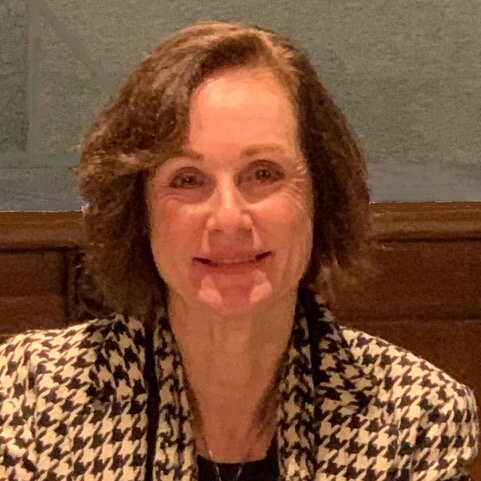“Government of the people, by the people, and for the people”
Approval Process for Buildings and Tree Disputes
Background: Since 1940 when, the City of PVE was formed, there has been perennial confusion over and dissatisfaction with the cumbersome process of approving building and vegetation changes that need to be approved by both the PVHA’s Art Jury and the City Planning Commission. If their decision is appealed, a fairly easy process, the City Council has to review and vote on the decision. Residents have asked for greater cooperation between the various agencies as well as transparency and streamlining of the process.
Question: What would you do to improve the process?
Responses:
Gayne Brenneman
“GAYNE BRENNEMAN
”The City of PVE and the PVHA, need to work together, to accomplish the same goals, of approving new plans or remodeling old ones, with regard to both hardscape and softscape. Many homeowners get frustrated with complying with differing ‘rules’, and different ‘organizations’, especially when they are ‘new’ to the system. The PVHA is apparently aware of the perennial confusion, and dissatisfaction, and their recent elections reflected their new ‘mandate’ for improvements.””
Sanford Davidson
“SANFORD DAVIDSON (incumbent)
(Councilmember Davidson declined to supply answers to any of the questions posed)”
Dawn Murdock
“DAWN MURDOCK
”The current processes are confusing and sometimes in conflict between PVHA and the City’s Planning Department. Residents improving their homes have complained the conflicts are costly due to delays and resubmissions to reach agreement between PVHA and the City.
Adding to this confusion, many residents are unaware that the PVHA (Homes Association) is a separate entity from the City.
Historically, these organizations have maintained strong independence, but increasing pressure from residents, Council, and Sacramento mandates have led to discussions regarding the need to collaborate more, particularly around high-density mandates. On September 1, a joint meeting between the City and PVHA will be a foray into collaborating more closely, this time on the topic of the development process and ADUs (accessory dwelling units). I would continue full support of these efforts.
As a member of Council, I will seek further collaboration between the PVHA and the City (including the Planning Department, the Planning Commission, the Parklands Committee and Council) to increase transparency and streamline processes:
• Start with view obstruction and tree trimming, including fire abatement needs;
• Ensure a common set of terminology to reduce ambiguity and misinterpretation;
• Examine the sections of code that are causing problems and rewrite them to ensure clarity, enforceability, and achievement of the intended result;
• Eliminate conflicts, streamline processes, and clearly communicate to residents, architects, and builders;
• Develop tools (e.g., training, checklists) to help the Planning Department, Planning Commission, and Parklands Committee apply the codes and review applications consistently.””
Jim Roos
“JIM ROOS
”As a member of the Planning Commission, I am very familiar with the process for new development in Palos Verdes Estates. Our Neighborhood Compatibility Ordinance (NCO) helps preserve the character of our City and limit the impact of new development on the views, natural light, and privacy of existing neighbors. I support faithful application of the NCO to new development and approval for projects that conform to its guidelines.
The overwhelming majority of projects that are presented to the Planning Commission are approved during their first hearing. This is a testament to the progress that has been made to streamline the process for projects that conform to the NCO. However, the Planning Commission has not been afraid to push back when projects would block existing views or loom over neighboring homes. Any changes to the approval process cannot imperil the City’s goals of protecting existing homeowners from aggressive development.””
Bill Sewell
“BILL SEWELL
”The Art Jury was established in 1923 to monitor all building specifications and property changes to the developing peninsula. The Art Jury is part of the Homes Association and is independent of the City, providing oversight to the City Planning Commission. The Art Jury and Homes Association have a number of resources on their website which is currently in Beta Test. As a Council Member, I would reach out to the Homes Association and establish an ad- hoc committee to look into better communication of the approval process so that residents can move through the process more easily. The Planning Commission and the Homes Association should have a common information booklet describing the combined process and outlining processes along the way so that the resident’s expectations are set right away.””






